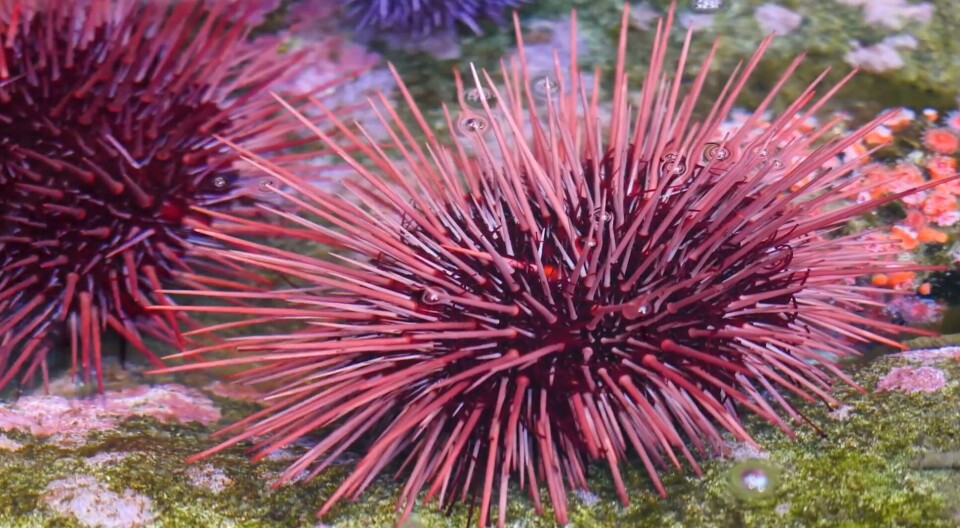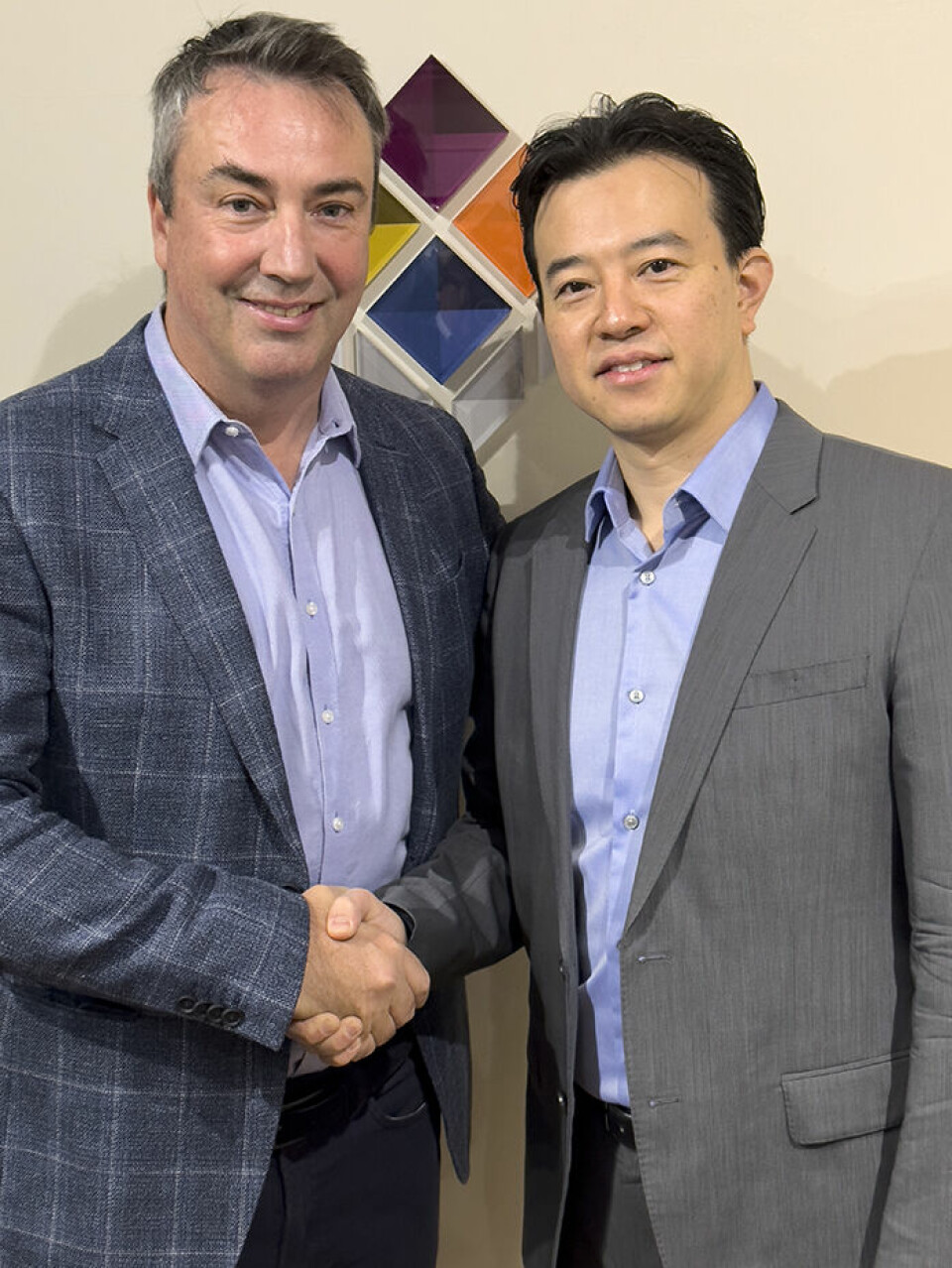
Kelp gets help from investment in urchin rancher
Removal of echinoderm pests will allow seaweed forests to restore themselves and create high-value seafood product
Urchinomics, a company that turns kelp-destroying sea urchins into high value seafood, is to expand operations in North America after family-owned alternative asset investor Cadman Capital took a strategic equity stake in the business.
Sea urchins feed on kelp, and a combination of overfishing of predatory species, climate change, and pollution have created ideal conditions for urchins to reproduce unhindered and overgraze and destroy entire kelp ecosystems that are the nurseries for fish, invertebrates, and crabs.
In normal circumstances, fishers will harvest the urchin for its roe, called uni, but urchins that have overgrazed a kelp forest starve and have no uni. Consequently, fishers have no interest in catching them because they have no economic value, and predators like crabs and fish also avoid them.
That means that an area made into a desert by the urchins, known as a barren, can persist for decades or even centuries.
Ranching systems
Netherlands-based Urchinomics takes the empty sea urchins from the ocean floor and re-homes them into its land-based ranching systems. It then gives them a feed made with sustainably harvested kelp for between five to 10 weeks to re-grow the uni, creating a commercially valuable product.

“By creating an economic incentive for the fishers, we can get these urchins out of the water and allow the ocean to heal itself,” explained Urchinomics founder and chief executive Brian Tsuyoshi Takeda in a promotional video.
“The kelp spores that are floating in the water column will settle quickly on to the ground and it will turn back into a kelp forest in as quickly as three months. That becomes a three-dimensional habitat for fish, invertebrates, crustaceans, and it brings the ocean back to life again.
“Restoring the kelp ecosystem also sequesters carbon, it dampens the effect of wave-related erosion, and seems to reduce the effects of ocean acidification in coastal communities. By converting urchin barrens back into kelp forests we can bring the greatest amount of good and generate profits and create jobs and sequester carbon, and do all of that in one effort.”
Urchin RAS
Cadman Capital is the owner of the largest licensed urchin aquaculture facility in Canada, Quoddy Savour Seafoods, which grows urchins in a recirculating aquaculture system (RAS) facility in Pennfield, New Brunswick, overlooking the Bay of Fundy.
Quoddy Savour Seafoods, which ran a pilot study for urchin ranching with Urchinomics in 2022, also sells American lobsters (Homarus americanus) which are sourced from the Bay of Fundy and held in its saltwater RAS tanks. Cadman said its involvement will allow Urchinomics to progress ranching for the North American market and will allow kelp restoration to start across the Bay of Fundy and the East Coast.
“Urchinomics is a tremendously exciting business,” said Cadman Capital founder Giles Cadman. “They share our passion to develop nature-based solutions to tackle the fight against climate change and help heal our oceans.
“We have long recognised that solutions need to focus on the holistic restoration and the sustainable improvement of marine ecosystems, allowing the creation of stronger biodiversity that helps the planet. Urchinomics’ core model of restorative aquaculture is synergistic to our current operations, particularly within lobster production, and we look forward to supporting Brian and the team to accelerate their operations globally.”
Milestone moment
Takeda said: “Cadman Capital Group’s involvement in Urchinomics is a milestone moment for us. It recognises the intrinsic value we have already created and evidences the strength of our philosophy of harnessing the power of the natural world to help reverse some of the negative ecological and economic impacts we are seeing today.
“Their scientific and operational experience in restorative aquaculture means we can now move forward with an aligned mission to improve ocean health. It signifies the start of the next stage of our growth plans and to further our efforts in developing systems that can truly make a difference to the future of our planet.”























































